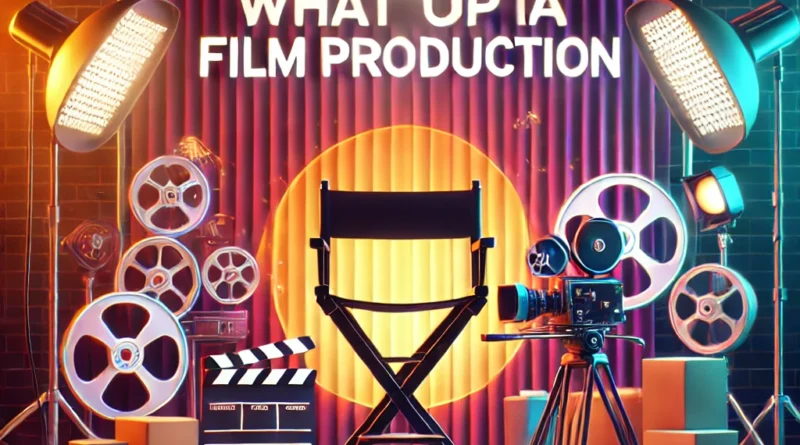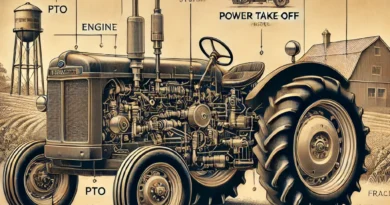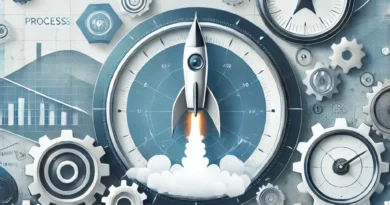Understanding What is a Setup in Film Production: A Beginner’s Guide
What Does a Film Production Setup Mean? An Enlightening Explanation
Filmmaking is a vast endeavor that begins with a story and culminates in a product suitable for commercial screening. Contrary to popular belief, the film industry applies the term “setup” everywhere, despite the absence of background details. What exactly does the term “film production setup” mean? We will delve into the skeleton of a ‘setup,’ its values, and its contribution towards the entire lifecycle of film creation in this tutorial.
What Setup Means When Talking About Film Production
Within the context of Stage Production, setup refers to the precise arrangement of the camera, lights, and sound system that enables the shooting of a specific scene. Setup plays a crucial role as it initiates the construction of a specific scene element in a screenplay, catering to both the visual and auditory aspects of hearing and seeing.
As such, a setup configuration is broad in scope and serves some purpose. More precisely, it is a sculptural work that conveys the thought of the director. The story’s mood, the camera’s placement angles, and the use of light and sound will undoubtedly establish the narrative’s tone. Each set adds something new and captivating to the plot.
The role of setups in film production is significant.
As an artistic creation, a film and its setups have a constructed narrative, and this is how Kaplinsky’s film ‘Setups’ employs narrative structure to its advantage. Each setup serves as a single unit in the whole composition of a montage: one more unit in a series of photographs. As a consequence, the director is partially able to piece together bits of the script that the audience forever craves.
This work, like planning and executing the preparations for the setup, rests with important members of the crew, like the director, director of photography, and, in some cases, also the production designer. The budget and timeline for the film are affected by this decision. The process begins with a purely artistic one, but it has to be rushed and fitted into the confines of production.
Essential aspects of the movie set
Camera angles and framing.
Approaching the framing of a scene with a sense of perspective is considered an important aspect. To further illustrate, close-up shots showcase the actor’s emotions, while medium or wide shots contextualize the environment. The camera adds another angle: for instance, a deep perspective conveys power, while a high view intensifies the sense of weakness.
The type of lens is extremely important. Consider, for example, the differentiating effects of a telephoto and wide-angle lens. The former tends to compress while the latter exaggerates detail. A change in the camera angle amplifies the power of the scene, whether it’s fixed, mobile, or semi-mobile.
Sound and lighting.
Lighting goes further than just acting as an illuminator in a place. It sets the stage for a given scene. An example would be harsh lighting, which induces stress, while soft lighting evokes affection. Artificial light offers a sense of control and consistency, even though it may appear unrealistic.
Equally important is the sound design. Microphones capture both ambient sound and clear speech. In the same vein, directional and boom microphones target the strongest audio and limit distracting sounds. With the addition of sound and lighting, the setup becomes more than just a scene.
Arrangement of the Set and Props
Decorations such as props and the sets constructed play a vital role in enabling a world to exist on television. We meticulously select each object in a setup to ensure it aligns with the setting, period, and tone of the story. Props play a crucial role in storytelling, not only for their aesthetic appeal but also for adding depth and insight to the narrative.
Film contexts are simply nuts, are they not? The production designer’s role involves collaborating with the director to design every aspect. It is crucial to pay close attention to detail, as every aspect of a setup must adapt to the script.
Changes in the Audience and Actor Movements
Characters play a crucial role in the presentation of the screenplay on stage. They significantly influence the perception and utilization of the screenplay on stage. The functions of these performers, termed “blocking,” involve altering perspectives in a more captivating manner while remaining as ordinary as possible. The actions or emotions of a particular character in a scene serve to evoke feelings of a particular kind in addition to giving meaning to the scene.
With all these actions rehearsed, recording becomes simpler for both the players and the crew, fostering unity and coherence. This type of organization promotes unity and movement and features the narrative more attractively.
Setups are part of the filming process.
Pre-production planning and narrative
The pre-vis work serves to outline the production, ensuring the proper and complete construction of all sets. The shot list or storyboard can provide information on camera positions, lighting arrangements, and scene compositions. At this stage, directors, cinematographers, and other intermediate members of the production team should ensure that the imagination is realistic for the film.
Consideration of locations is another critical part of the filmmaking process. The chosen zones must suit the narrative, but other issues like infrastructure and climatic conditions are equally important. Effective preproduction organization enhances the sets’ construction with ease during the filming process.
Filming Process
Designs morph into tangible setups at various locations during the filming. The filmmakers on site can capture the best possible sound while the director of photography manages the lighting and the gaffer sets up the camera. Each team member collaborates to fulfill the director’s concepts.
During the single-camera shoot, we conduct movement pattern and camera position rehearsals. We fix any issues, such as broken equipment or inadequate lighting, during the actual shooting. We double-check the story flow during every setup.
These considerations occur post-production. More thematic: After Production Post-editing joins trimmed and recorded pieces of film to form a story with a single flow. Only editors can separate photographs into their parts and adjust their appearances to smooth out transitions, ensuring that the photographs correctly match and blend. During the filming process, sound designers manipulate the sound of the film using visual techniques to enhance the overall image.
Grade the color and apply VFX to enhance the visual impact. At this stage, all the stunning setups form the core intention, as they create the illusion of a refined masterpiece.
Single & multi-camera setups both
Types of Film Production Setups.
Single-camera setups are often used in feature-length films where there is no lacing structure or light composition, while multicamera setups are used for single live events or television shows that are broadcast from many angles at the same time.
Outdoor and indoor configurations
Lighting and sound are easy to control and manage indoors.
There is more realistic scenery available in outdoor settings, but at the same time, there is less sound variability due to weather or other external factors. On the other hand, these components possess unique narrative elements.
Fixes and problems with scene settings
Economic and scheduling limitations
Some specific configurations may impose certain limitations, which leads to uncomfortable scrambling to fulfill these requirements. Effective planning leads to efficient setup, where time plans for various departments accompany detailed breakdowns and shot lists. Their “what if” tactics and Harvard-style theatrics make it easier to deal with unplanned setbacks.
Budgetary constraints and changes to strategies
Budget constraints sometimes compound into limited access to specific technologies. Filmmakers partially alleviate this problem by adopting innovative “do it yourself” approaches, utilizing available light, and employing creative editing. Some technical limitations can give rise to extreme style changes, resulting in more stylistically imaginative films.
Film Production Setup: Final Thoughts
It is critical to understand what a situation in film production means for telling a narrative. How we interpret and claim art encapsulates a setup: it is a blend of creativity and the science of art. Filmmakers can master setups through thorough planning, collaboration, and innovative thinking, thereby impressing audiences and elevating the artistic value of the film.




